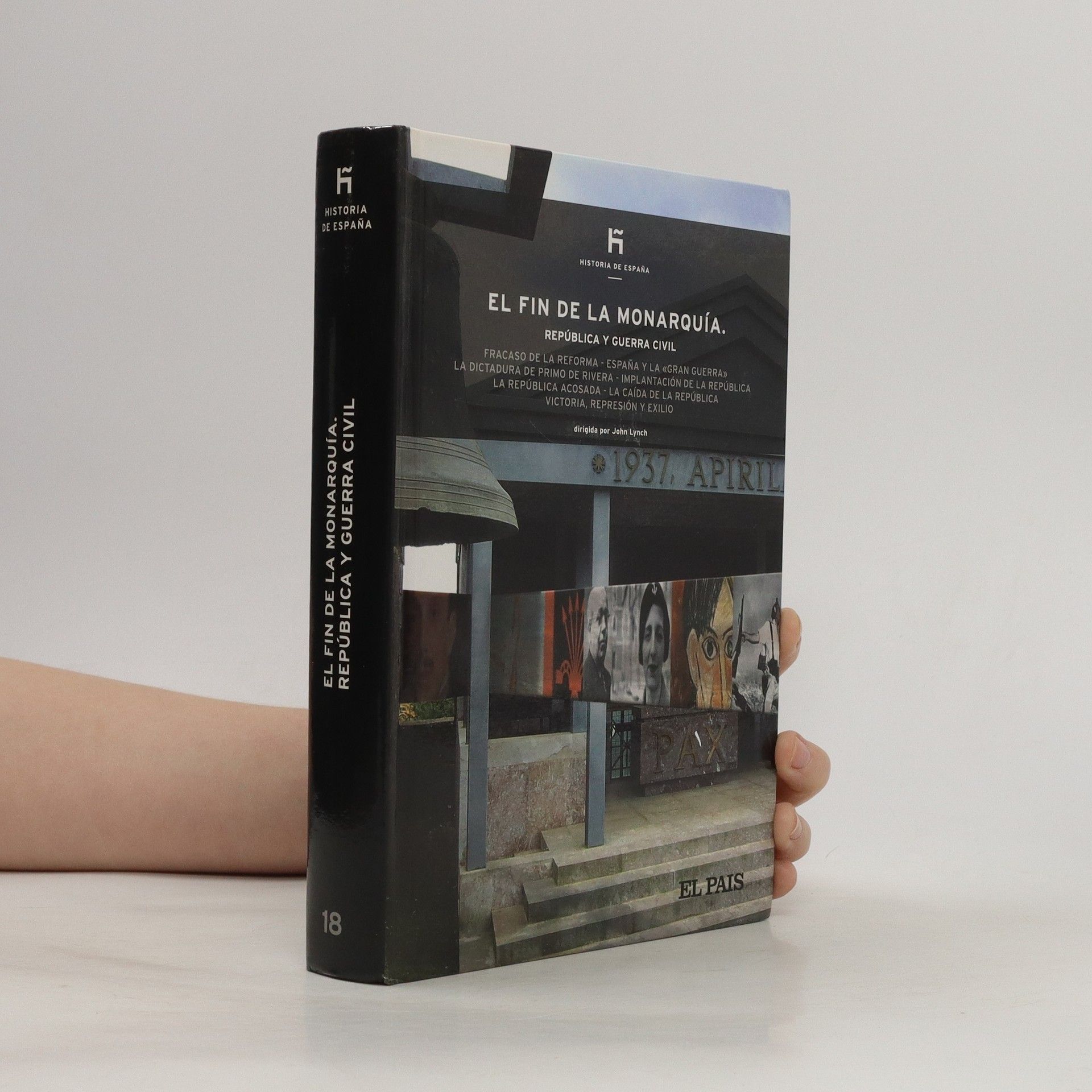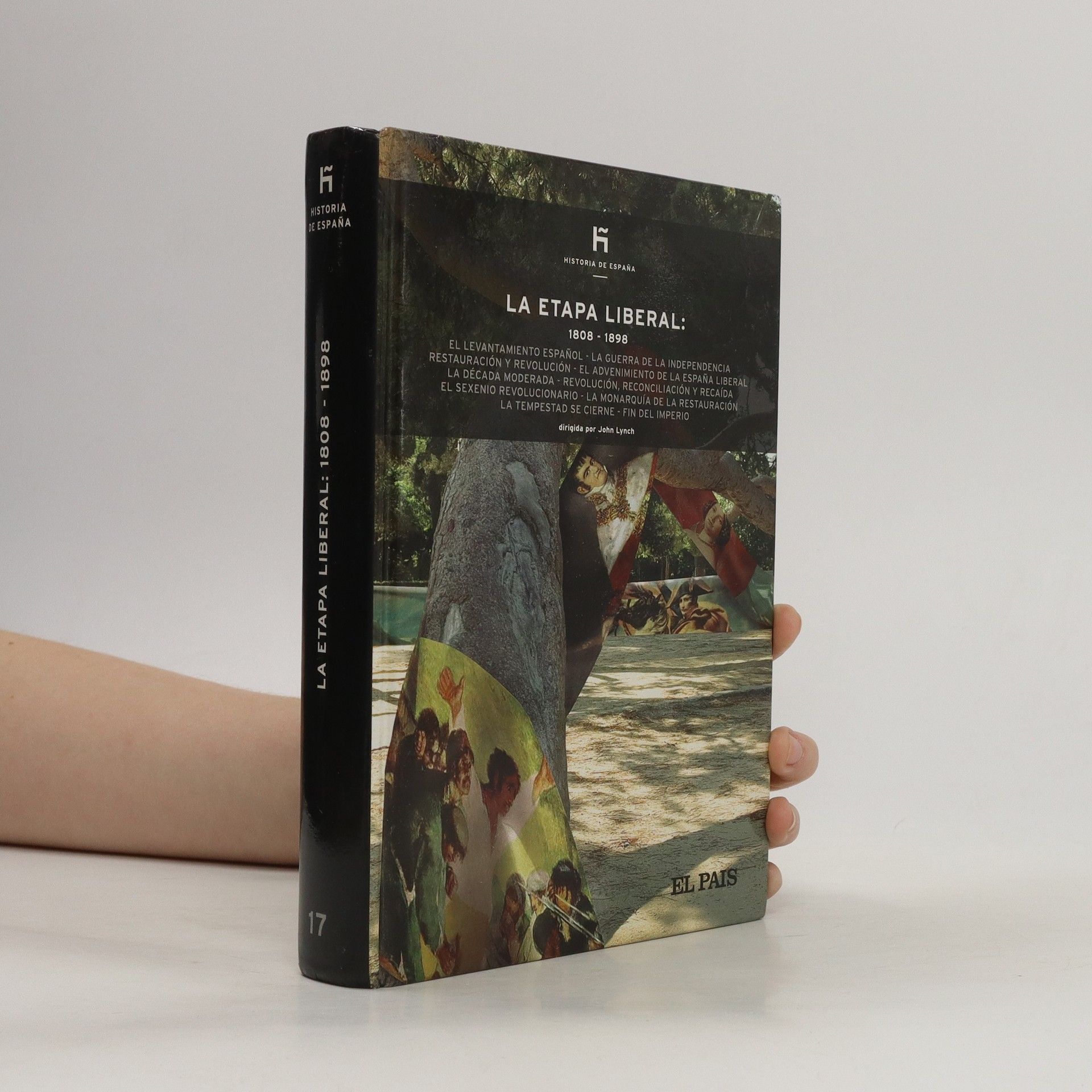Charles J Esdaile Libros






Madrid. 23 cm. 479 p. il. col. y n., mapas. Encuadernación en tapa dura de editorial ilustrada. Colección 'Historia de España', numero coleccion(18). Charles S. sic Esdaile, Antony Beevor. Bibliografí p. 474-479. 1902-1931 (Alfonso XIII). 1931-1939 (II República). Beevor, Antony. 1946-. Historia de España (Diario El País). 18 .. Este libro es de segunda mano y tiene o puede tener marcas y señales de su anterior propietario. 9788498157628
The Wars of Napoleon
- 628 páginas
- 22 horas de lectura
Focusing on the scale of French military power, this book offers a thorough examination of the Napoleonic Wars and their effects on other European nations. It serves as an essential resource for students interested in the French Revolutionary Wars and the broader context of European and military history during this period, providing updated insights and analyses.
In the iconography of the Peninsular War of 1808-14, women are well represented - both as heroines, such as Agustina Zaragosa Domenech, and as victims, whether of starvation or of French brutality. In history, however, with its focus on high politics and military operations, they are invisible - a situation that Charles Esdaile seeks to address.
30-Second Napoleon takes in both viewpoints, presenting an engrossing introduction to one of the most recognizable figures in history and one of extraordinary interest.
The Peninsular War
- 624 páginas
- 22 horas de lectura
For centuries Spain had been the most feared and predatory power in Europe - it had one of the world's great navies to defend it. Trafalgar destroyed its navy and French and British armies marching across it at will. The result was a war which killed over a million Spaniards and ended its empire. This book presents this terrible conflict. schovat popis
Battles and Battlefields of the Peninsular War
- 276 páginas
- 10 horas de lectura
Focusing on the Peninsular War, this guide offers expert insights alongside detailed explorations of significant battlefields and historical locations. It provides a comprehensive understanding of the conflict's impact and context, making it a valuable resource for history enthusiasts and travelers alike.
Cavaliers and Roundheads are figures who appear in hundreds of English ghost stories. In this innovative account, Charles Esdaile argues that such tales are in reality folk memories of an episode of English history that was second only to the Black Death in terms of individual and collective suffering alike, and, further, that they reveal important truths about the way in which the conflict was represented: it is no surprise, then, to find that spectral Cavaliers are often romantic figures and revenant Roundheads grim ones full of menace. Yet, the book is no mere catalogue. On the contrary, rather than being discussed in a vacuum, the tales of haunting are rather set within a detailed regional history of the conflicts of 1642-1651 of a sort that has never yet been attempted, but is, for all that, badly needed.